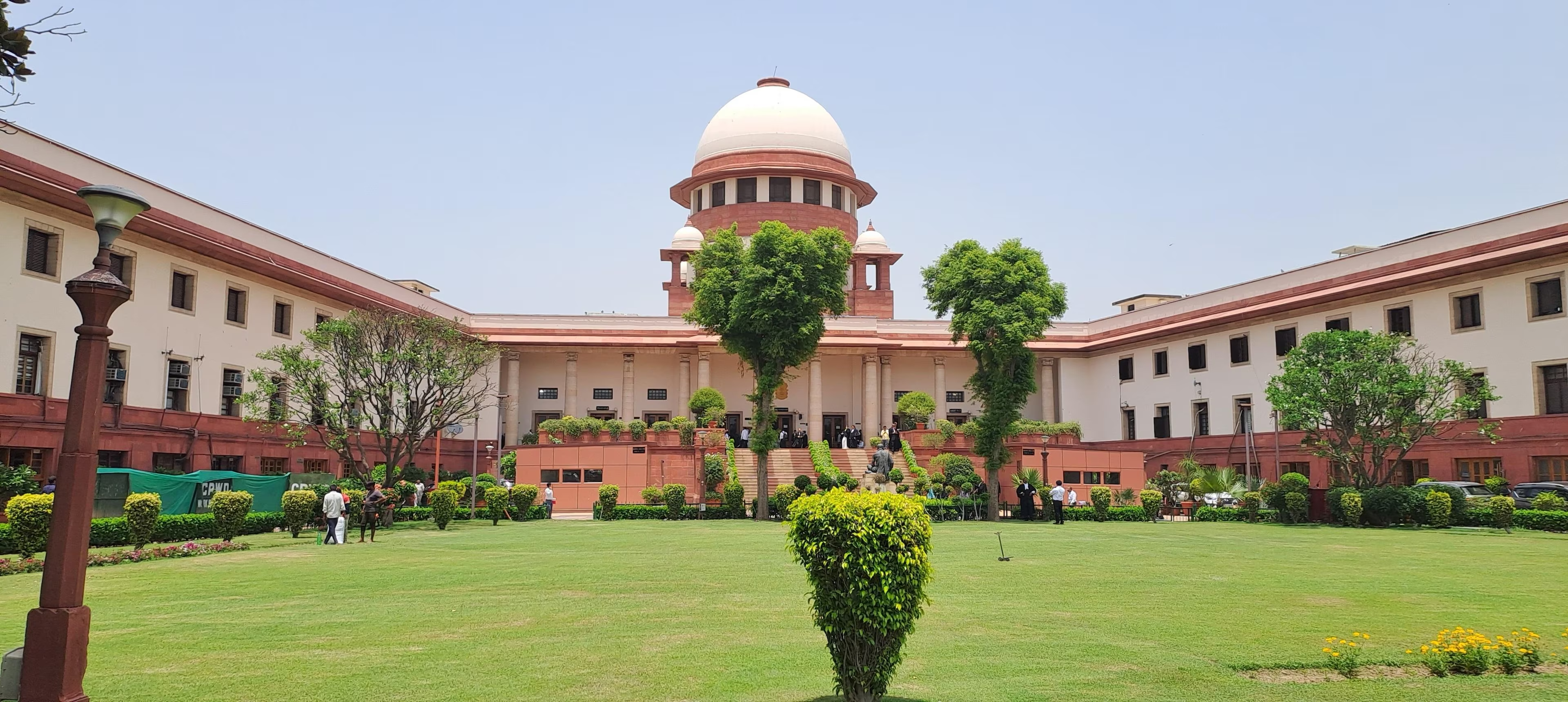- Courses
- GS Full Course 1 Year
- GS Full Course 2 Year
- GS Full Course 3 Year
- GS Full Course Till Selection
- CSAT
- 5 LAYERED ARJUNA Mentorship
- Public Administration Optional
- Online Program
- GS Recorded Course
- NCERT (Recorded 500+ Hours)
- Polity Recorded Course
- Geography Recorded Course
- Economy Recorded Course
- AMAC Recorded Course
- Modern India, Post Independence & World History
- Environment Recoded Course
- Governance Recoded Course
- Science & Tech. Recoded Course
- International Relations and Internal Security Recorded Course
- Disaster Management Module Course
- Ethics Recoded Course
- Essay Recoded Course
- Current Affairs Recoded Course
- ABOUT US
- OUR TOPPERS
- TEST SERIES
- FREE STUDY MATERIAL
- VIDEOS
- CONTACT US
First Global ‘legally binding’ pact on use of AI
First Global ‘legally binding’ pact on use of AI

The Council of Europe has announced that the first legally binding international treaty on Artificial Intelligence (AI) will soon be open for signing. This treaty, known as “The Framework Convention on Artificial Intelligence and Human Rights, Democracy, and the Rule of Law,” is poised to be signed by European Union members, the United States, the United Kingdom, and other participating nations.
Council of Europe (COE)
- Establishment: Founded in 1949.
- Headquarters: Strasbourg, France.
- Membership: 46 member states, mostly European countries.
- Mission: Promote democracy, human rights, and the rule of law.
Key Facts about the AI Convention
About the Convention:
- Full Name: “The Framework Convention on Artificial Intelligence and Human Rights, Democracy, and the Rule of Law.”
- Focus: Protecting human rights and democratic values in the context of AI.
- Scope: Operates independently of the EU AI Act, which regulates AI within the EU.
- Adoption: Finalized in May 2024 after discussions among 57 countries.
- Purpose: Mitigate AI-related risks and promote responsible innovation.
Conditions for the Treaty:
- Human-Centric AI: AI systems must align with human rights principles and democratic values.
- Transparency and Accountability: Requires transparency in AI operations and legal recourse for human rights infringements.
- Risk Management and Oversight: Framework for assessing and managing AI risks, including oversight mechanisms.
- Protection Against Misuse: Safeguards to prevent AI from undermining democratic processes and ensuring public access to justice.
Key Enforcement Mechanisms:
- Legal Accountability: Nations must implement legislative and administrative measures to align with treaty principles.
- Monitoring and Oversight: Establishes mechanisms for compliance monitoring.
- International Cooperation: Encourages global collaboration to harmonize AI standards and address cross-border issues.
- Adaptability: Designed to be technology-neutral, allowing it to evolve with AI advancements.
- Exceptions: Excludes AI systems used in national security or defense but still requires adherence to international laws and democratic principles.
Significance of the AI Convention
- Comprehensive Drafting: Addresses AI's entire lifecycle, from design to decommissioning, using a risk-based approach.
- Broad Applicability: Covers both public and private sectors, across various regions.
- Global Legal Standard: Represents the first globally binding treaty on AI, aiming to establish a unified international standard.
- Balancing Innovation and Risk: Seeks to promote responsible AI use while mitigating risks, ensuring alignment with human rights and democratic principles.
Issues and Concerns
-
Concerns Over Enforcement:
- Lack of punitive measures such as fines or penalties may weaken the treaty's deterrent effect.
- Compliance relies heavily on monitoring, which may not be sufficient for effective enforcement.
-
Balancing Regulation and Innovation:
- Striking a balance between stringent regulations and fostering innovation is critical. Excessive regulation could hinder the growth of AI technologies, especially for SMEs and start-ups.
-
National Sovereignty vs. International Standards:
- The treaty’s provisions might conflict with national laws, creating potential tensions between state sovereignty and international standards.
-
Addressing National Security Concerns:
- Balancing AI governance with national security interests is challenging. The convention must ensure that national security is not compromised while maintaining ethical AI practices.
Conclusion
The Framework Convention on Artificial Intelligence and Human Rights, Democracy, and the Rule of Law represents a significant advancement in global AI governance. By addressing the intersection of AI, human rights, democracy, and the rule of law, it aims to fill existing regulatory gaps. The treaty’s comprehensive scope and international collaboration set a crucial benchmark for responsible AI governance, influencing both regional and global standards. However, the effectiveness of the treaty will depend on its enforcement mechanisms and its ability to balance regulation with innovation.




